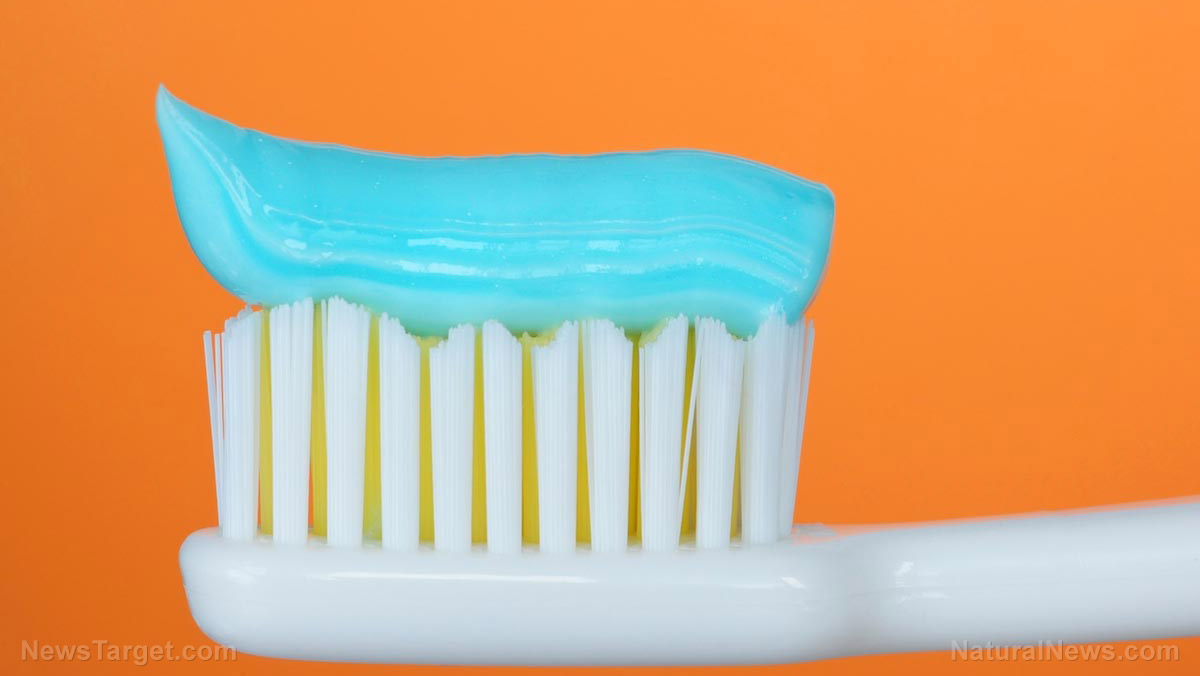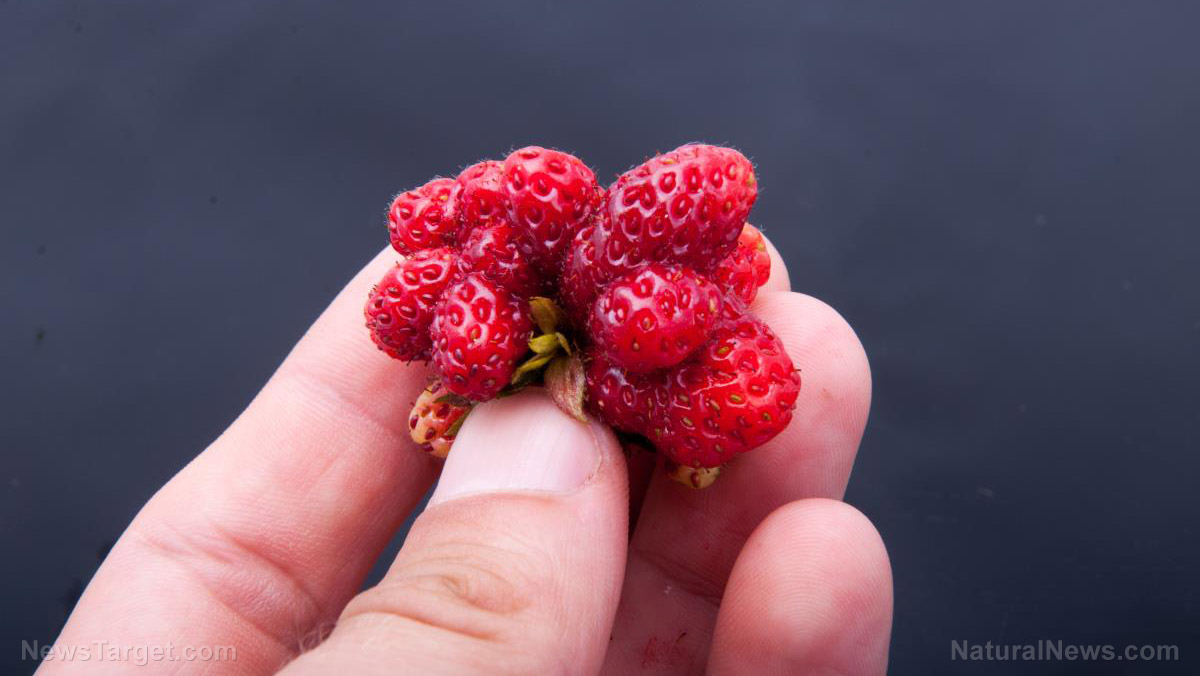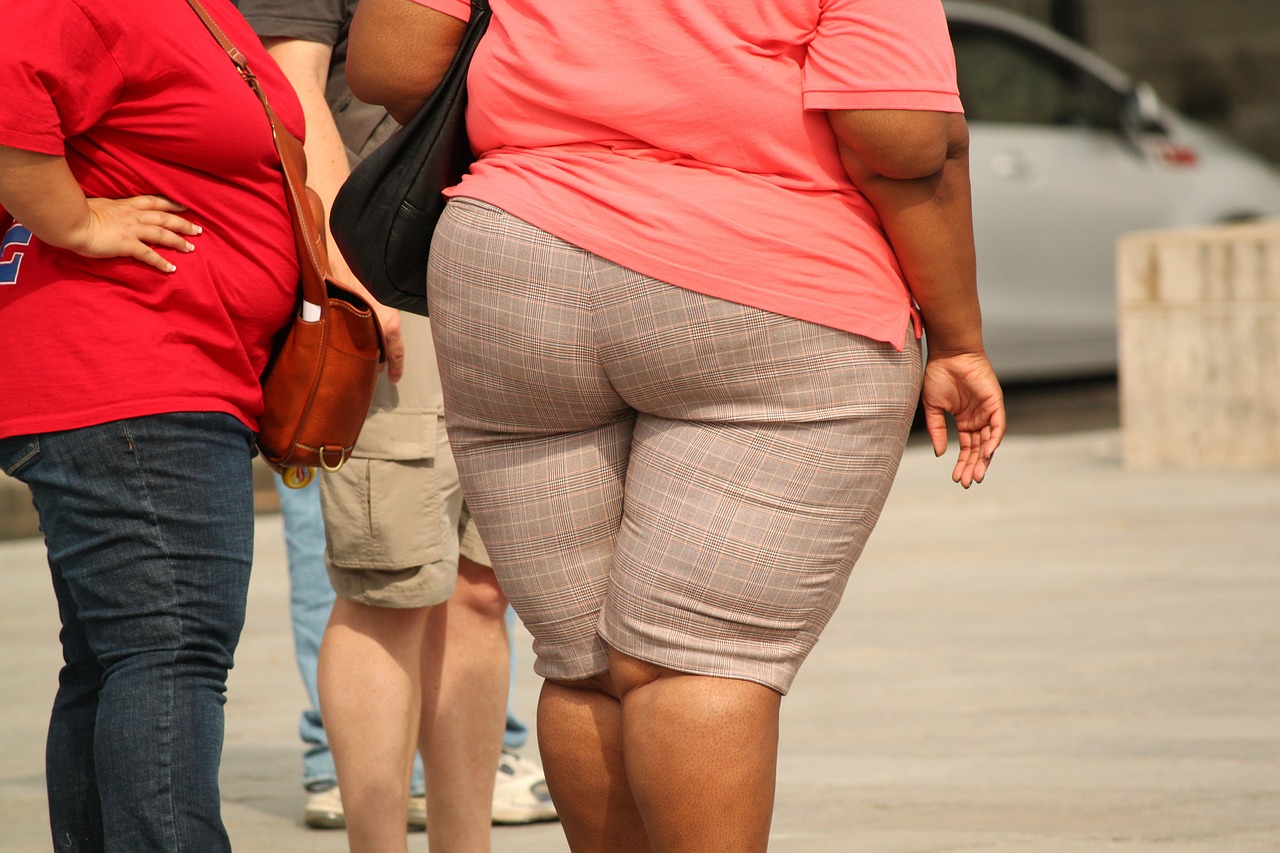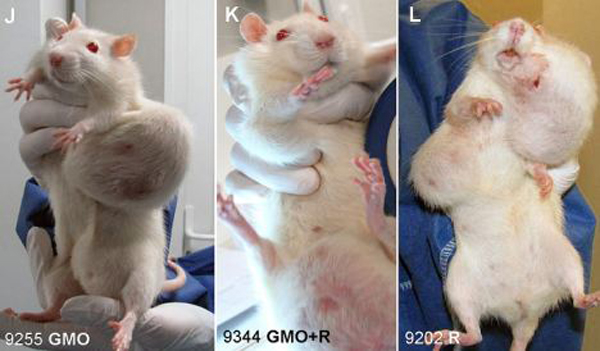Do YOU brush with hand sanitizer? Recently banned in hand-washing products, the chemical is still found in toothpaste
09/20/2018 / By Jessica Dolores

Oral health is essential to wellness: Cavity-free teeth and healthy gums are less prone to infection and disease. Bacteria can’t easily multiply and weaken the immune system of someone who makes it a point to practice oral hygiene.
A person who brushes his teeth regularly can smile and laugh more freely, and he has more confidence to show off those pearly whites and make as many friends as possible.
Hidden dangers
But sometimes, hidden dangers lurk in the innocent-looking toothpaste tube a person squeezes three times a day after a meal.
The U.S. Food and Drug Administration (FDA) banned the chemical triclosan in over-the-counter antiseptic soaps, gels, and wipes because research has shown that it can disturb hormones in animals and humans, contribute to antibiotic resistance and harm organisms in the water.
However, triclosan is still allowed as an ingredient in toothpaste because it can reportedly reduce gum inflammation, plaque, and cavities. Triclosan could also still be found in clothing, cookware, and other products.
This means that you may be brushing with hand sanitizer without even knowing it.
According to researchers, triclosan may stick to materials usually found in toothbrush heads. They also suggested the antimicrobial ingredient can be spread uncontrollably, develop a hidden route and transfer the chemical where it shouldn’t go. (Related: Triclosan in antibacterial soaps, toothpaste has never received safety approval from FDA.)
To prove this, the research team replicated the act of tooth-brushing using various commercial brushes and toothpaste. They found out that more than one-third of the 22 toothbrushes tested had triclosan. This amounted to seven to 12 doses of the volume used for every tooth-brushing.
Also, toothbrushes with “polishing cups” or cheek/tongue cleaners with elastomers, have the largest amounts of triclosan.
Dispensing triclosan in toothpaste, but using the same brushes is useless as well. Researchers found that the chemical stayed on the toothbrushes for the two weeks.
This could prolong the user’s exposure to triclosan and its dangerous effects.
Meanwhile, the research raised more questions about the design of consumer products — especially those for personal care — with absorptive polymer elements for use as chemicals.
Dental care
The study only emphasized the need to be more conscious about dental care and what we put into our mouths. But the fact remains that healthy teeth and gums can help us fight harmful substances that enter our system, including triclosan.
Clean teeth and a healthy mouth reduces one’s risk of getting a host of ailments including heart disease, stroke, diabetes, Alzheimer’s disease, lung infections, kidney problems, infertility, preterm birth, erectile dysfunction, and even cancer.
Prevention is always better than cure. So, see your dentist regularly to enjoy the following benefits of healthy teeth and gums:
- Fresh breath: Your mouth smells clean because you took out the garbage it accumulated during every meal.
- Protection against gum disease: Gingivitis, a result of poor oral hygiene, can expose your teeth to bacteria, destroy it, and make your gums bleed.
- Lower risk of heart attack: Mouth bacteria can travel into your bloodstream and raise your chances of having a heart attack or stroke.
- Reduced risk of diabetes: Gum problems make it harder for your body to control blood glucose. This can lead to diabetes.
- A healthier baby: Gum problems raise the chances of giving birth to pre-term, underweight babies. It can also delay a woman’s ability to conceive and cause impotence in men.
- Keep dementia at bay: Poor oral hygiene raises your risk for dementia.
- A kissable mouth: Brushing and flossing make it easier to lock lips because your mouth smells clean and fresh.
While you’re at it, try using natural toothpaste like sea salt, baking soda, hydrogen peroxide, herbal tooth powder and coconut oil. They’re not just less expensive. They’ll give you pearly whites, too.
Sources include:
Tagged Under: Antimicrobial, Cosmetics, dental care, healthy mouth, oral care, oral health, Personal care products, teeth, toothbrush, toxic chemicals, toxic ingredients, triclosan, whole body care




















